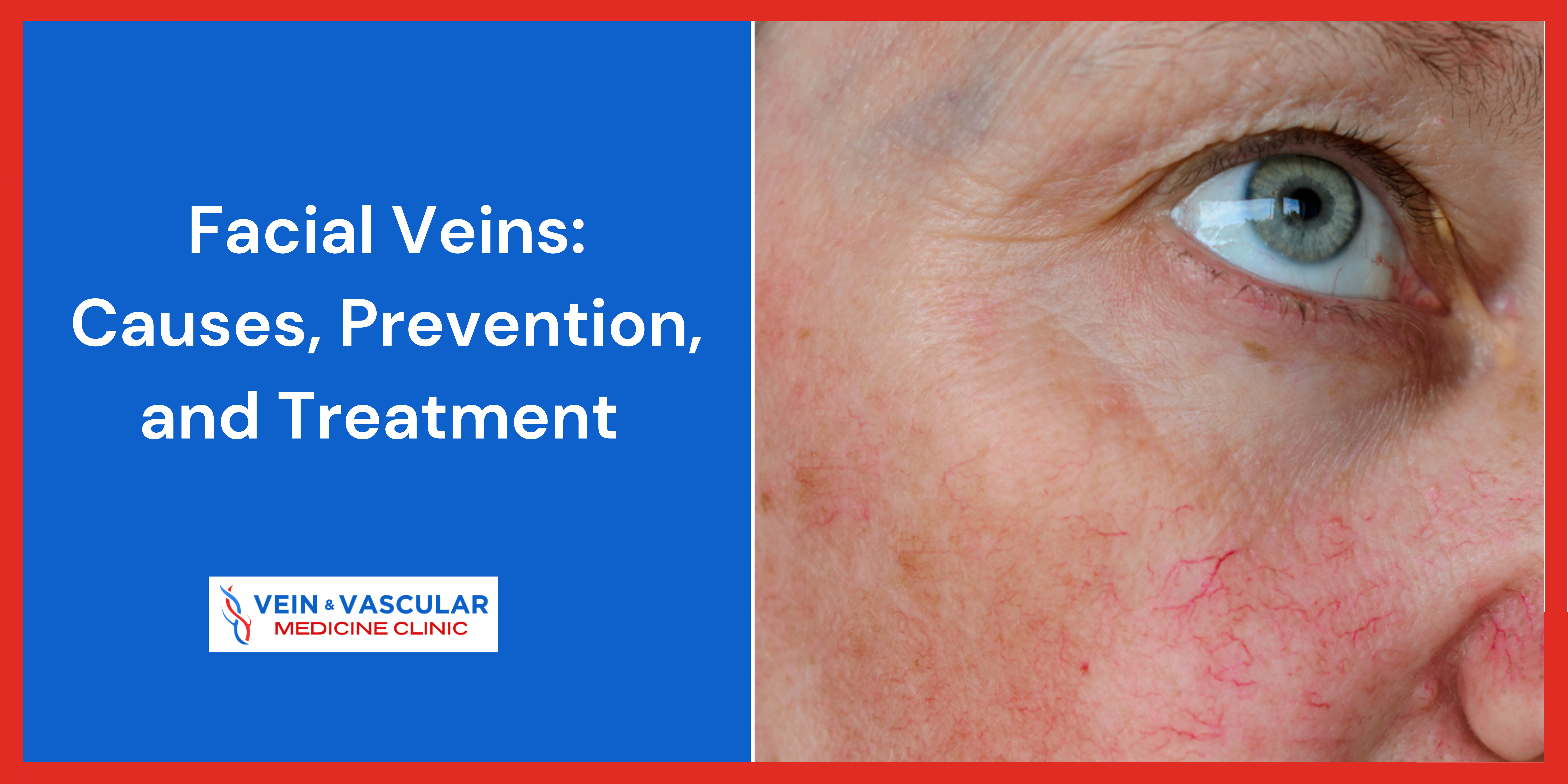



Visible veins on the face, also known as facial veins or spider veins (telangiectasia), are small, dilated blood vessels that appear near the surface of the skin. These veins can be blue, red, or purple and are most commonly found on the cheeks, nose, chin, or around the eyes. While they are usually harmless, they can be a cosmetic concern for some people. Here’s a comprehensive overview of facial veins, their causes, and treatment options:
If your family members have visible veins on their face, you may be genetically predisposed to developing them as well.
Prolonged sun exposure weakens the blood vessels and causes them to dilate. UV radiation also breaks down collagen and elastin in the skin, making veins more visible.
As skin ages, it becomes thinner and loses elasticity, making veins more noticeable. The walls of blood vessels may also weaken over time.
Pregnancy, menopause, or birth control pills can lead to hormonal fluctuations that may increase the likelihood of spider veins on face due to increased blood flow and vein dilation.
A skin condition that causes redness and visible blood vessels, particularly on the cheeks and nose. Rosacea can make facial veins more prominent.
Excessive alcohol intake can dilate blood vessels, leading to the appearance of red or blue veins on the face.
Repeated facial trauma, such as rubbing, squeezing, or pressure from glasses, can damage blood vessels and lead to broken veins.
Exposure to very cold or very hot weather can cause blood vessels to constrict and expand, leading to the appearance of facial veins over time.
Some health conditions, such as liver disease or autoimmune disorders, can increase the likelihood of thread vein removal on face.
Smoking constricts blood vessels and damages the skin, making veins more visible.
Types of Lasers:
How It Works: Prescription-strength retinoid creams can help reduce the appearance of smaller spider veins by stimulating collagen production and thickening the skin, which may make veins less noticeable.
Results: Improvement occurs gradually with long-term use.
How It Works: A fine needle is used to inject a sclerosing agent into very small veins, making it suitable for tiny facial veins that might not respond well to other treatments.
While home remedies are not as effective as professional treatments, some people try these methods to reduce the appearance of facial veins:
Applying cold compresses can help constrict blood vessels temporarily.
Known for its anti-inflammatory properties, aloe vera can soothe the skin and reduce redness, although it won’t eliminate the veins.
Some studies suggest that topical vitamin K may help reduce spider veins, as it aids in blood clotting and can reduce the appearance of broken blood vessels.
Wearing sunscreen daily can prevent sun damage and the formation of new facial veins.
Hot water can dilate blood vessels, making veins more visible.
Limit alcohol consumption, as it can dilate blood vessels and contribute to the formation of facial veins.
If you have rosacea, work with a dermatologist to manage the condition and prevent worsening of facial veins. Treatment for rosacea often includes prescription topical creams, oral antibiotics, or laser treatments.
Maintain a healthy diet and stay hydrated. Smoking can make veins more prominent, so quitting smoking is beneficial for both your skin and vascular health.
While facial veins are often a cosmetic issue, if you notice sudden changes, such as veins becoming more prominent, larger, or accompanied by other symptoms like redness, swelling, or pain, it's a good idea to consult a dermatologist or vascular specialist. They can assess your veins and recommend appropriate treatment options.